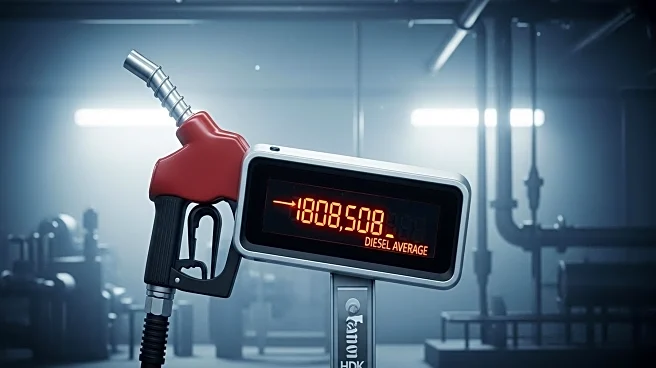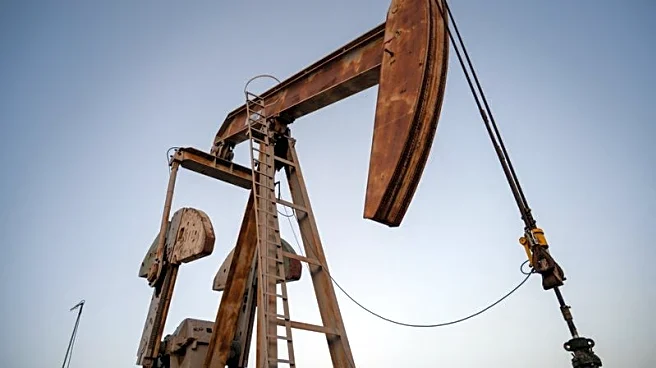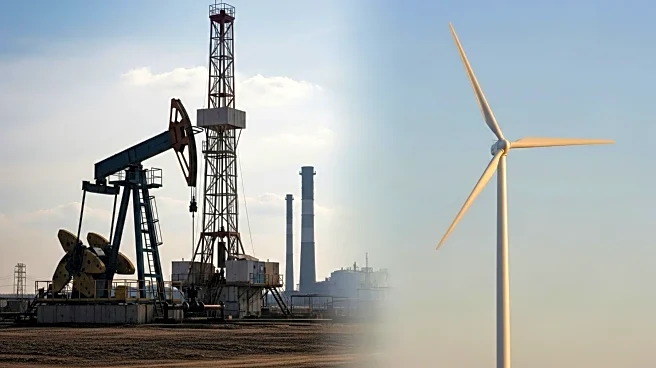What is the story about?
What's Happening?
The national average price for a gallon of diesel gasoline has decreased following two weeks of price increases, according to the Department of Energy’s Energy Information Administration (EIA). For the week of October 6, the average price fell by 4.3 cents to $3.711 per gallon. This decline follows a slight increase of 0.5 cents to $3.754 the previous week and a 1-cent increase to $3.749 the week before that. The fluctuations in diesel prices have been notable over the past months, with a mix of increases and decreases. The highest recent weekly average was recorded at $3.805 per gallon during the week of July 28. The current price is 12.7 cents higher than the same period last year, although this is a smaller annual increase compared to the previous week's 21-cent rise.
Why It's Important?
The fluctuation in diesel prices is significant for various sectors, particularly transportation and logistics, which rely heavily on diesel fuel. A decrease in diesel prices can reduce operational costs for trucking companies and logistics providers, potentially leading to lower shipping costs for goods. This can have a ripple effect on consumer prices and inflation. Conversely, rising diesel prices can increase costs for these industries, which may be passed on to consumers. The current decrease in diesel prices may provide temporary relief for these sectors, but the ongoing volatility suggests that businesses must remain adaptable to changing fuel costs.
What's Next?
If the trend of decreasing diesel prices continues, it could provide further cost relief for the transportation and logistics industries. However, stakeholders will be closely monitoring crude oil prices and other economic indicators that could influence future diesel price movements. Companies may also explore strategies to hedge against fuel price volatility, such as investing in more fuel-efficient technologies or alternative energy sources. The broader economic impact will depend on how these price changes affect consumer spending and inflation in the coming months.
Beyond the Headlines
The ongoing changes in diesel prices highlight the complex interplay between global oil markets, domestic energy policies, and economic conditions. As the U.S. continues to navigate these dynamics, there may be increased discussions around energy independence and the transition to renewable energy sources. The transportation sector, in particular, may face pressure to innovate and reduce its reliance on fossil fuels, aligning with broader environmental and sustainability goals.
AI Generated Content
Do you find this article useful?














